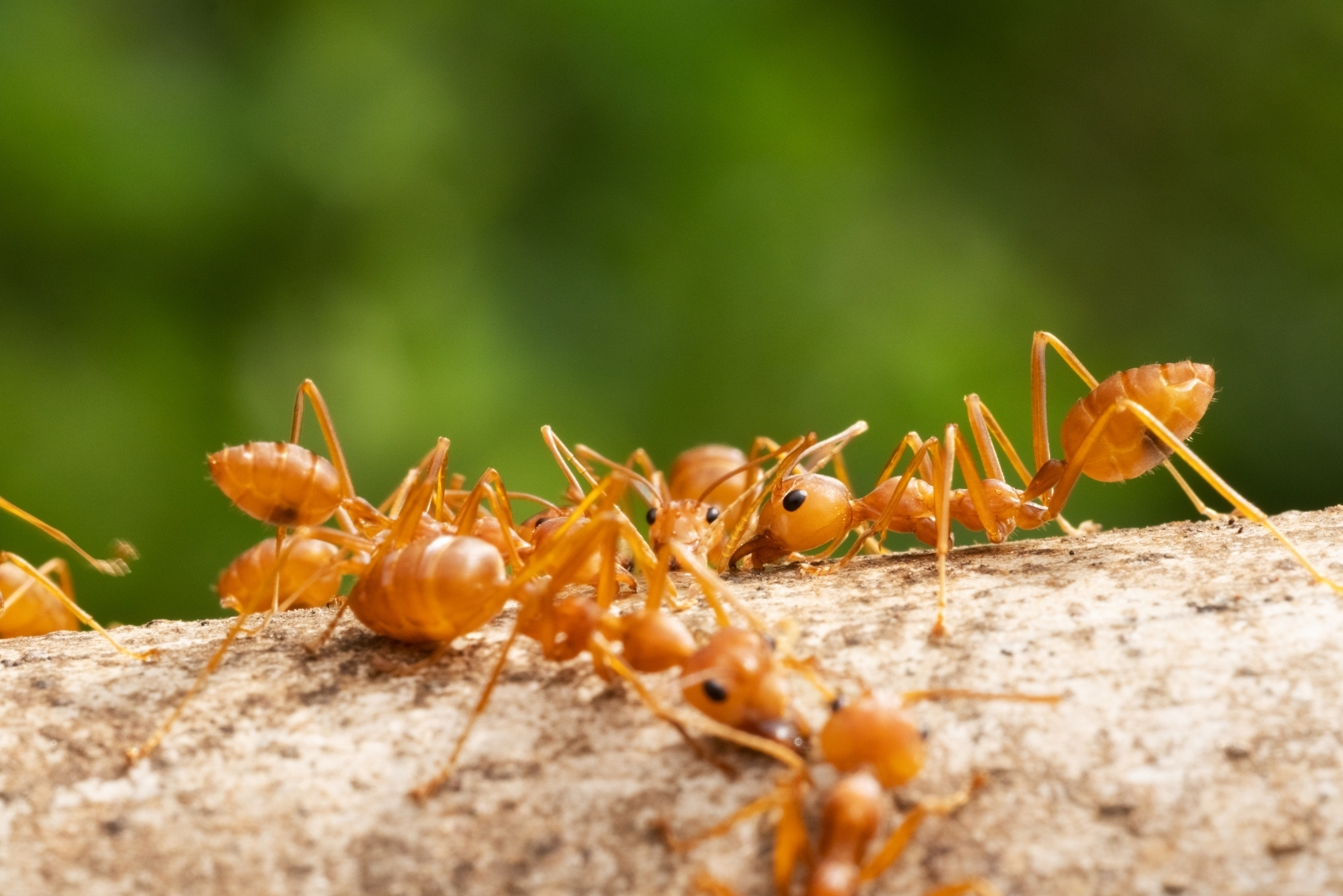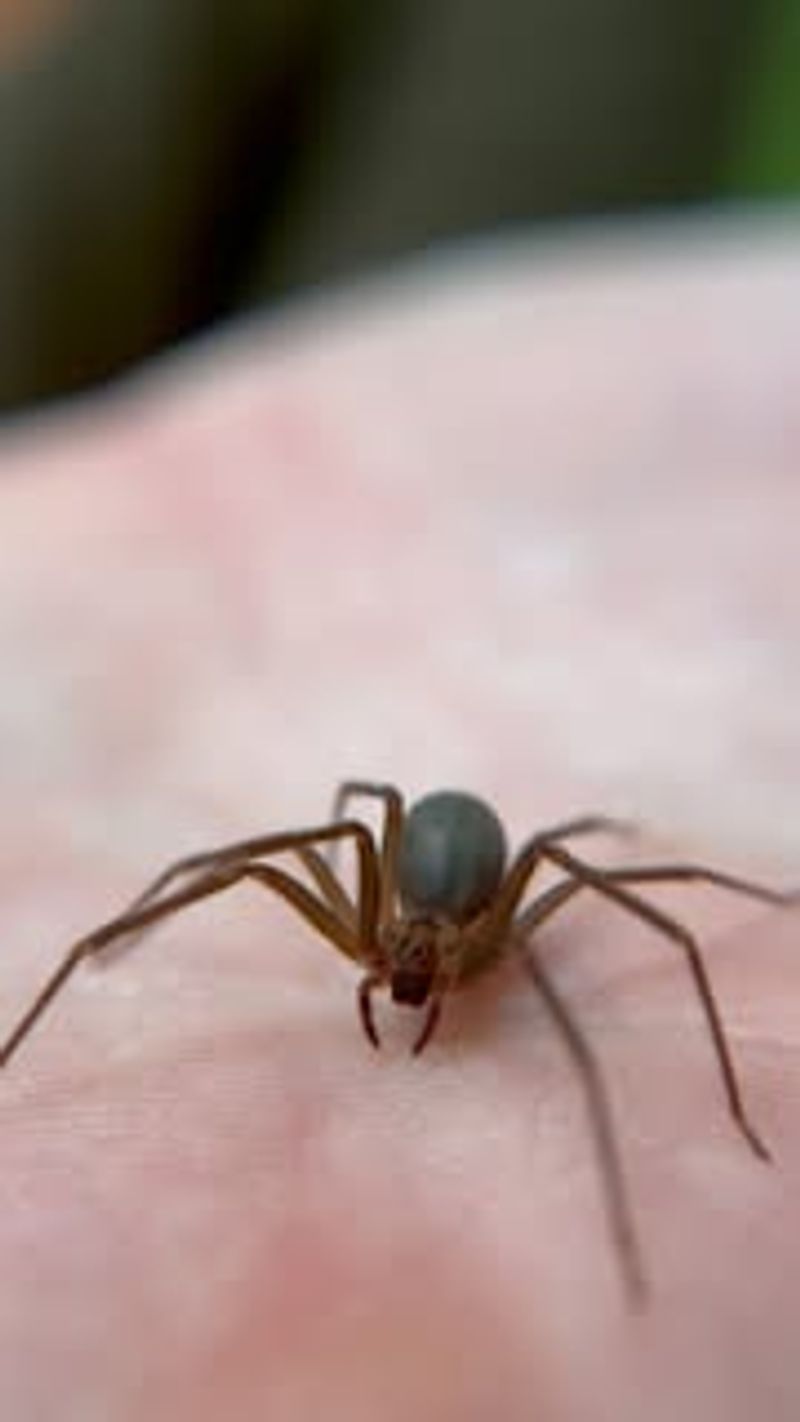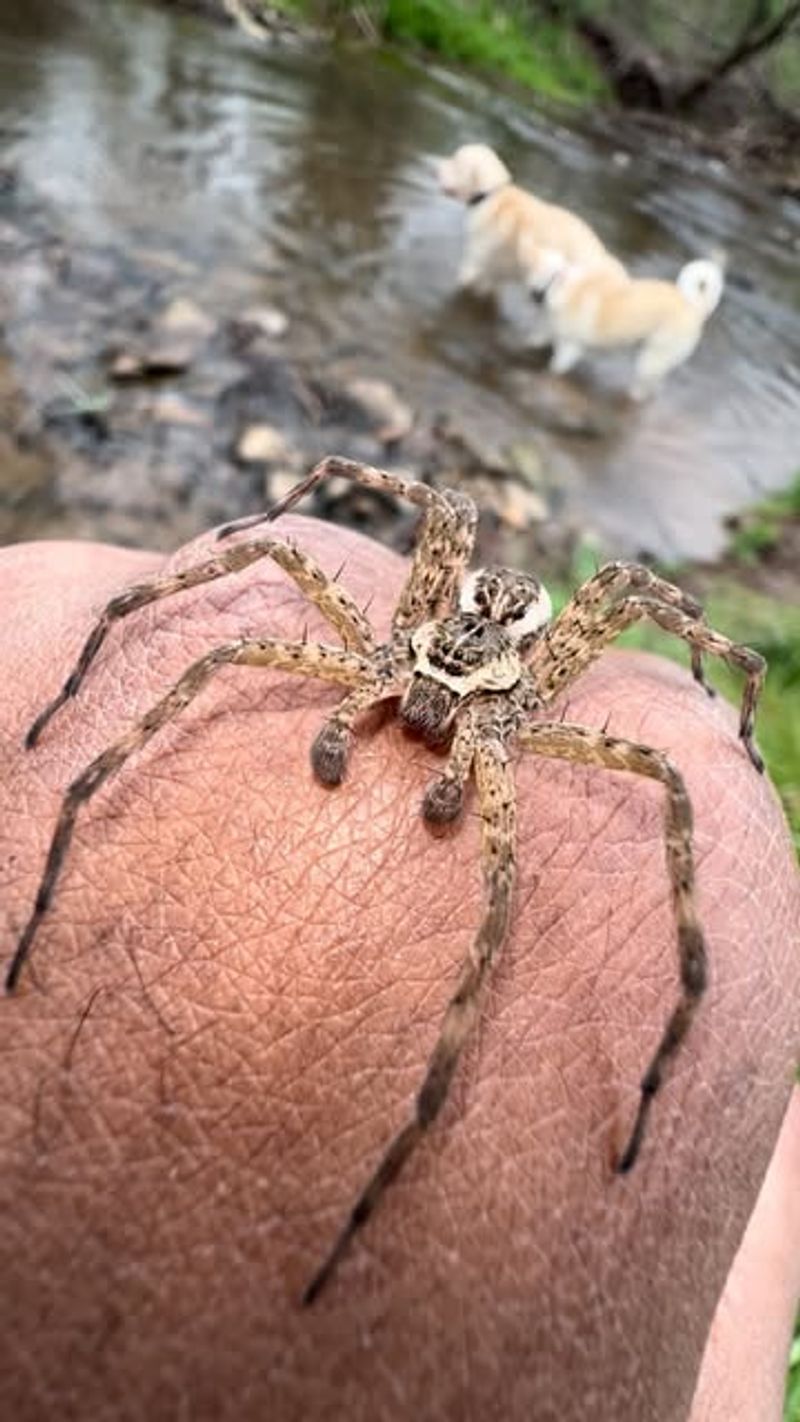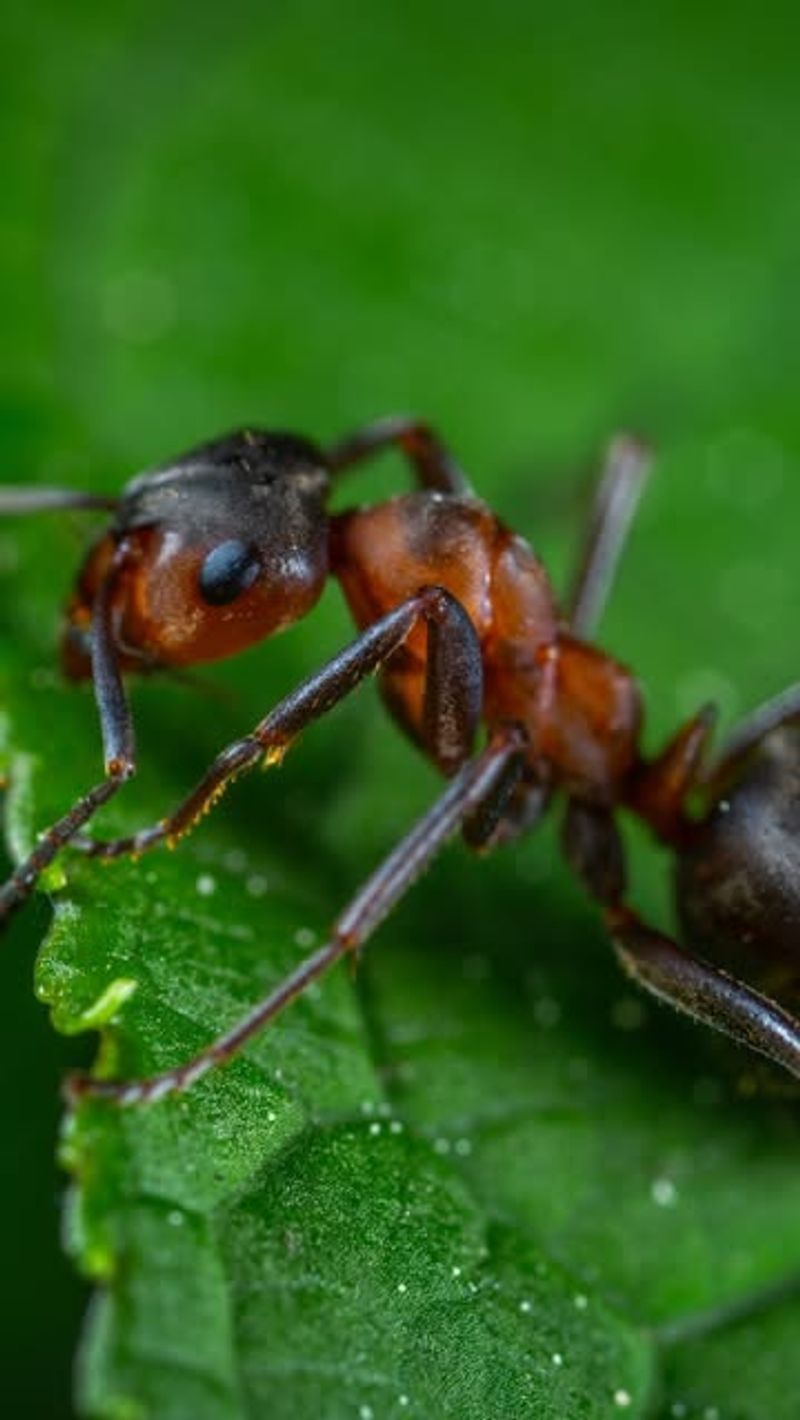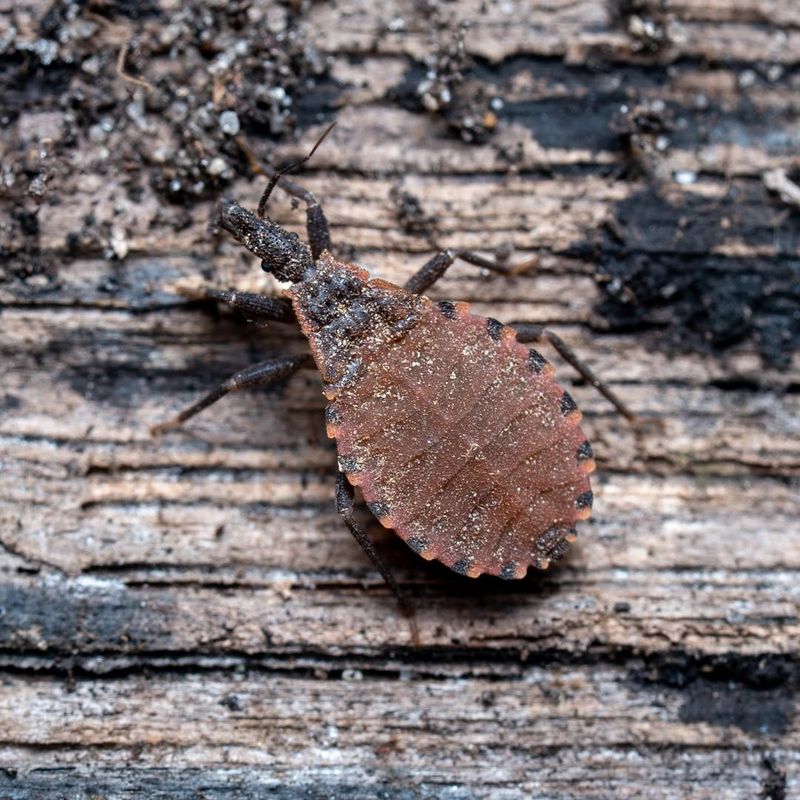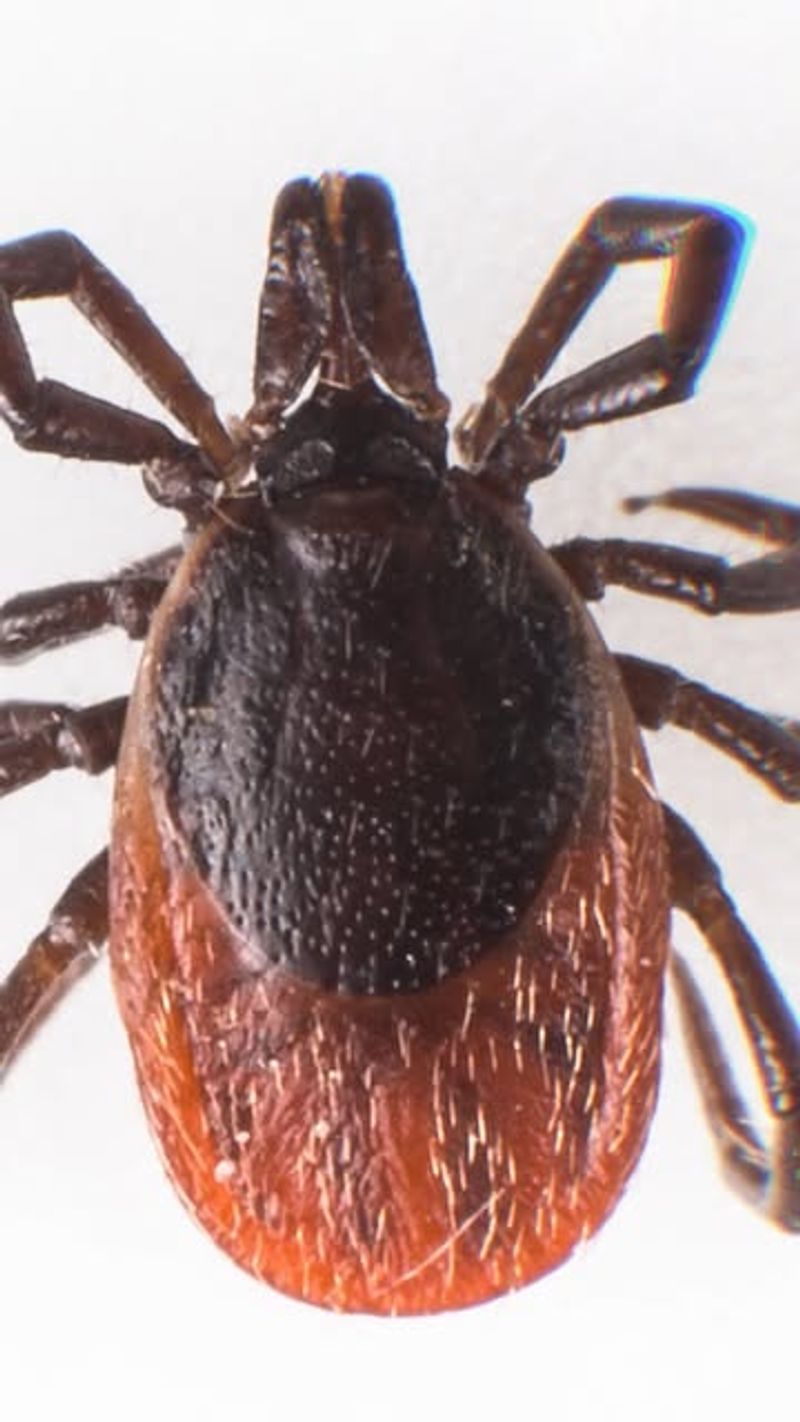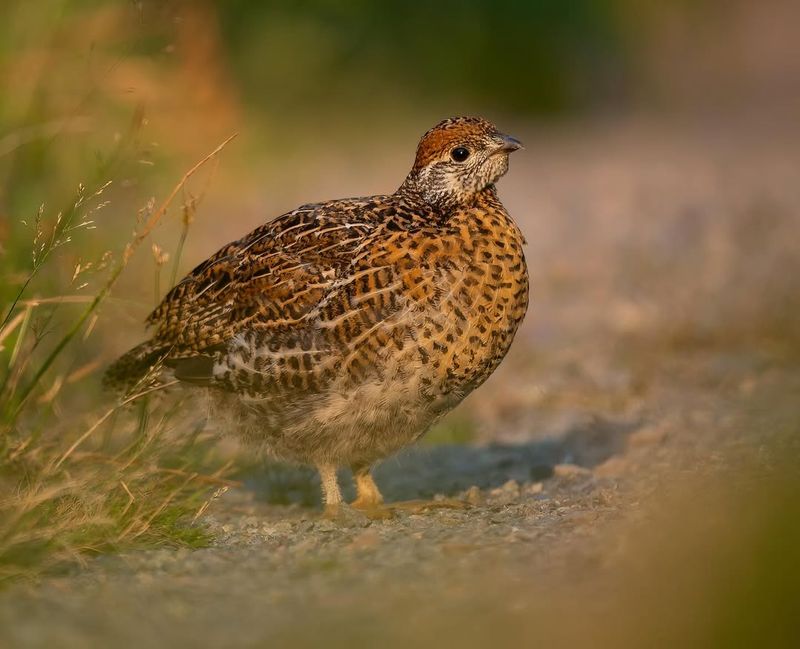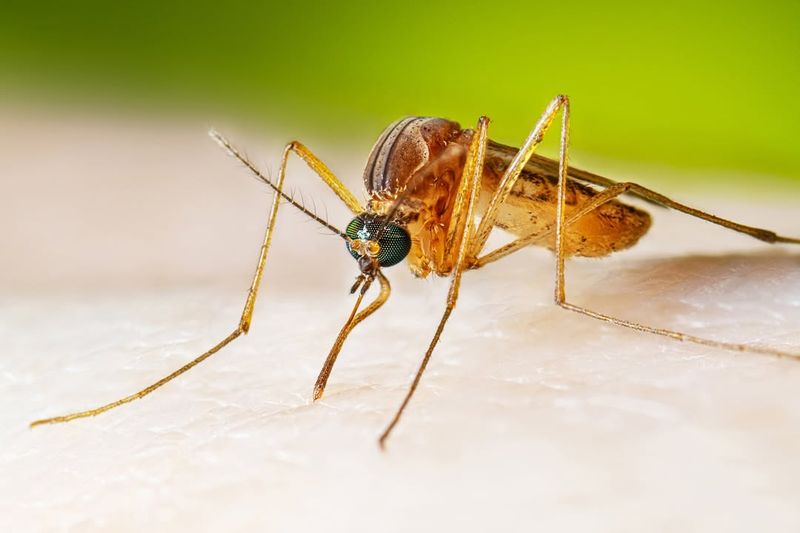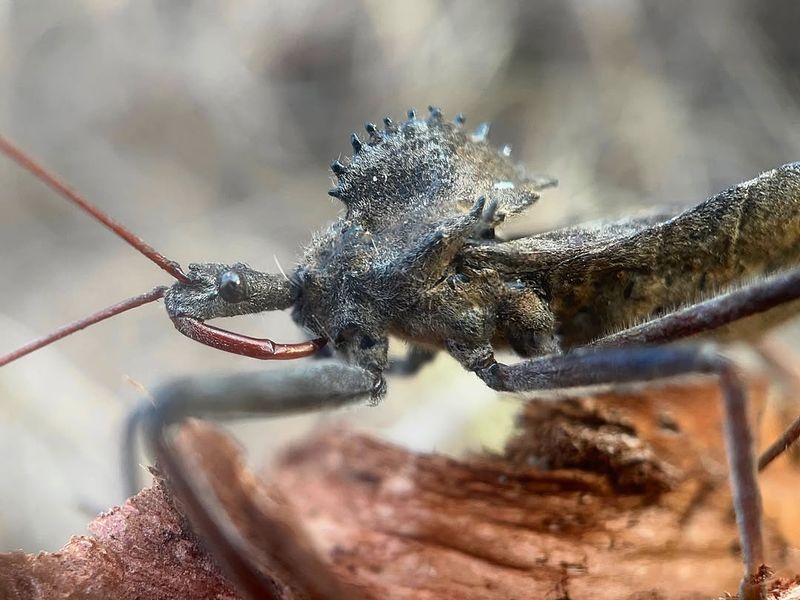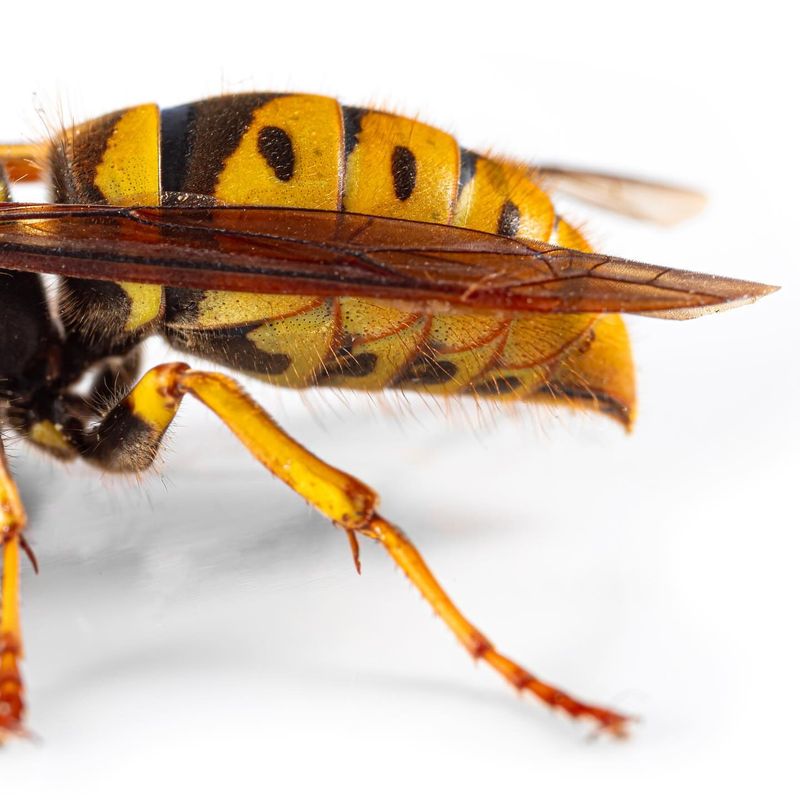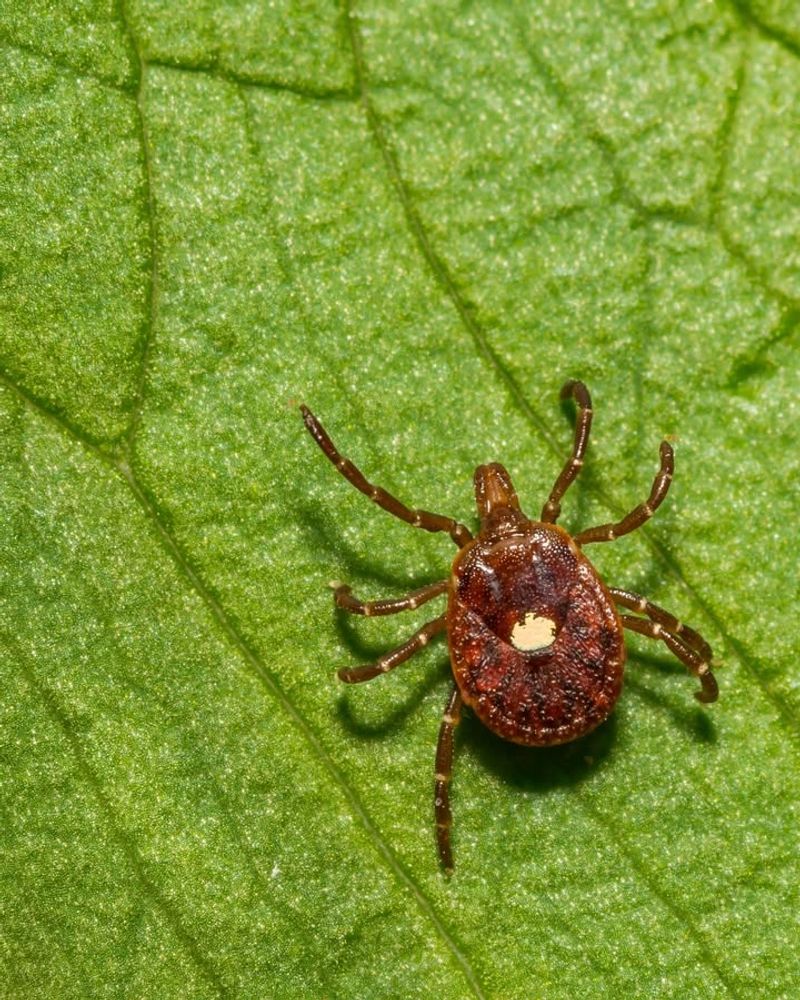North Carolina has its fair share of creepy crawlers—but some are downright dangerous. From painful stings to destructive bites, these pests mean business.
I’ve learned which ones to steer clear of while gardening. Here are 10 insects you should get rid of right away.
1. Brown Recluse Spider
Spotting one of these spiders means taking action fast. Brown recluses hide in dark corners, attics, and garages across North Carolina, and their bite can cause serious tissue damage. The violin-shaped mark on their back makes them easy to identify.
If you see one indoors, don’t hesitate to eliminate it. Their venom destroys skin cells and can lead to painful, slow-healing wounds that sometimes require medical treatment.
2. Black Widow Spider
A shiny black body with a bright red hourglass underneath signals danger. Black widows prefer woodpiles, sheds, and cluttered outdoor spaces throughout North Carolina. Females pack venom strong enough to cause muscle cramps, nausea, and breathing difficulties.
Children and elderly folks face higher risks from their bites. Remove them immediately if found near living spaces, and always wear gloves when handling firewood or reaching into dark storage areas.
3. Fire Ant
Those reddish-brown mounds popping up in your yard aren’t harmless. Fire ants swarm aggressively when disturbed, delivering painful stings that burn and leave itchy pustules. North Carolina residents know these invaders can ruin outdoor activities and harm pets.
Each sting injects venom that causes allergic reactions in sensitive people. Eliminate colonies quickly before they spread, as a single mound can house hundreds of thousands of aggressive workers ready to defend their queen.
4. Kissing Bug
Don’t let the sweet name fool you—kissing bugs carry a dangerous parasite. Found increasingly in North Carolina, they bite faces while people sleep, feeding on blood and potentially transmitting Chagas disease.
Chagas can cause heart problems years after infection. Kill them on sight and seal cracks around windows and doors to prevent entry into your home at night.
5. Deer Tick
Smaller than a sesame seed, deer ticks pose an outsized threat. North Carolina’s wooded areas and tall grasses harbor these Lyme disease carriers that latch onto skin without being noticed. Their bite transmits bacteria causing fever, joint pain, and long-term neurological issues.
Check yourself and pets after outdoor adventures. Remove any ticks immediately with tweezers, pulling straight out to avoid leaving mouthparts embedded in skin that could cause infection.
6. Bald-Faced Hornet
Those football-sized paper nests hanging from trees spell trouble. Bald-faced hornets defend their homes viciously, stinging multiple times when threatened. North Carolina summers bring peak activity, and their venom causes severe pain and swelling.
Unlike bees, they don’t lose their stingers and can attack repeatedly. People with allergies risk anaphylaxis from their stings. Professional removal is safest, but immediate elimination prevents dangerous encounters near your property.
7. Mosquito
More than just annoying, mosquitoes spread serious diseases. North Carolina’s humid climate creates perfect breeding conditions, and these bloodsuckers transmit West Nile virus, Zika, and encephalitis. Standing water in gutters, birdbaths, and old tires becomes their nursery.
Eliminate breeding sites weekly and use repellent outdoors. Infected mosquitoes can cause fever, brain inflammation, and birth defects, making prevention crucial for protecting your family throughout the warm months.
8. Wheel Bug
That bizarre cogwheel ridge on its back makes this assassin bug unmistakable. Wheel bugs deliver one of the most painful insect bites in North Carolina, worse than wasp stings according to victims. They’re beneficial predators but dangerous when handled.
Their curved beak injects enzymes that liquefy prey tissue. While they control pests naturally, eliminate them from areas where children play. The intense, burning pain from their defensive bite lasts for hours.
9. Yellowjacket
Picnics and outdoor gatherings attract these aggressive wasps. Yellowjackets nest underground or in wall voids throughout North Carolina, and they become increasingly hostile in late summer. Unlike honeybees, they sting repeatedly without dying.
Their venom causes severe allergic reactions in sensitive individuals. Ground nests near walkways create serious hazards, especially since disturbing them triggers mass attacks. Eliminate colonies before they grow to thousands of angry workers.
10. Lone Star Tick
A single white dot identifies this increasingly common threat. Lone star ticks thrive in North Carolina’s forests and can trigger a bizarre meat allergy in bite victims. Their saliva contains alpha-gal, a sugar molecule that causes severe allergic reactions to red meat.
Symptoms develop hours after eating beef or pork, including hives and breathing problems. Remove them promptly after hikes and wear protective clothing in wooded areas to avoid life-changing dietary restrictions.

